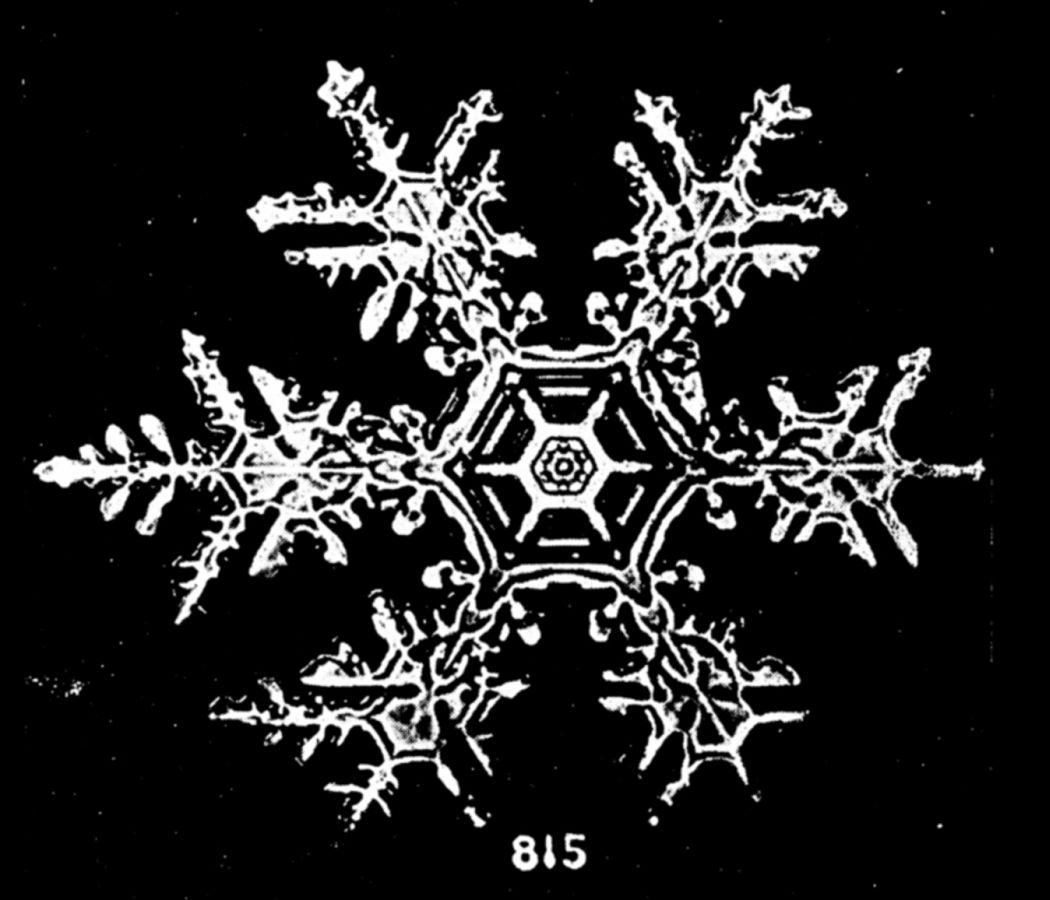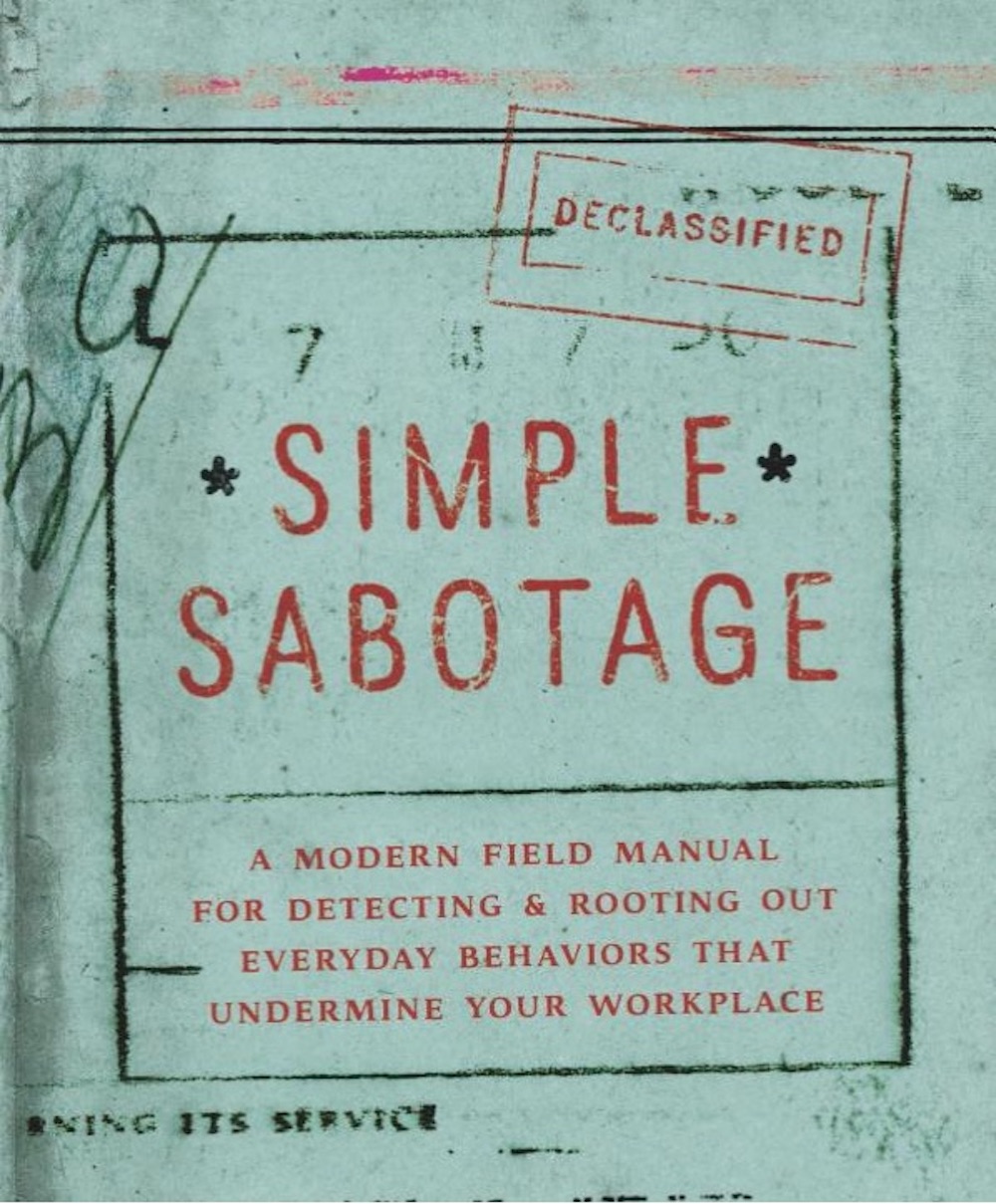top five
Five Unlikely Things that Inspired Jack Livings’s Debut Novel, The Blizzard Party

Photo by Jennie Yabroff.
There are eight-and-a-half million people in New York City and probably the same number of books that use the Big Apple as a backdrop. But every so often, a novel comes along that manages to capture the glorious, demented cacophony of New York City life—one of high highs, low lows, love and paranoia and neighborly angst and bizarro weirdness—and The Blizzard Party does just that, reminding us of the strange breed of people called New Yorkers. While Jack Livings’s debut novel casts a far wider net in geography and time than the Upper West Side of the late 1970s, much of the action centers on the extravagant, kooky apartment building the Apelles (modeled on the famous Apthorp building, which Nora Ephron commemorated in one the best love letters to a building of all time). Specifically, Livings details a cataclysmic blizzard that strikes the city one night in February 1978, and the accumulative events of which change the lives of his ill-fated characters forever. Livings is a master prose stylist—his voice hilarious, playful, shouting to the rafters, blinking with ingenious descriptions (take his literary go at a human nose, which springs “as gracefully from his narrow face as a cliff diver launching into the air”). And yet, for Upper West Siders like myself, he name-checks real local spots—restaurants, diners, parks—that will persuade tough townie readers that they are in expert hands. Livings wrote one of the most exciting short-story collections of the past decade, 2014’s The Dog. For his first novel, he might have gone a little mad. In a very good way. To celebrate the publication of The Blizzard Party, Livings shared with us five inspirations that set his imagination on fire. – CHRISTOPHER BOLLEN
———
Wilson Bentley’s Photos of Snowflakes

The blizzard that hit New York on February 6, 1978, was actually three storms that collided over the northeastern seaboard, locked elbows, and spun like a top for about 30 hours, throwing off an ungodly amount of snow, along with thunder, lightning, and gale-force winds. Very early in my research about the storm, I found myself looking at Wilson Bentley’s photographs of snowflakes, and I referred back to them often while I was writing. In 1885, Bentley, 19, rigged a camera to a microscope and produced the first detailed photographs of snowflakes. Over the course of his life, he made thousands more, guiding each snowflake onto black velvet with a feather, then exposing the film for up to a minute and a half to capture the image. Snowflakes are uniformly hexagonal because of the molecular structure of ice, which arranges itself in hexagonal chains. That shape, ubiquitous in nature, from Benzene rings to honeycombs to the interior of a deer’s second stomach (they have four), pervades the novel, and it all began with Bentley’s shots.
———
Iggy Pop’s Lust for Life Album Cover

Look at this guy and his yearbook photo. Goo-goo–eyed goofball, up for anything, happy to accommodate, take your order, pick up the tab, lend you his car, lend you his ear, give you a pat on the back when you’re down. Trust him to drive your girlfriend to the dentist? Sure. A real decent kind of dewy-eyed-kid-next-door-type. Hey, here comes Johnny Yen again with the liquor and drugs and a flesh machine. Everyone knows the title track from this album, and to me it’s an encapsulation of New York in the late ’70s (even though it was written and recorded in Berlin). It’s Koch-era New York, reeking, almost too strung out to even show up for the gig, yet insisting, with that wiseass elision, that it’s got a lust for life.
———
The Have a Nice Day! Campaign

I love cranky old New Yorkers who are only too happy to remind you how it was back when you had to keep your cash in your sock and sleep with a crowbar under your bed. These are the people who know that the only sane response to the ubiquitous yellow smiley face commanding them to Have a Nice Day! is Go Fuck Yourself, You Fucking Fuck! Back in the early ’70s, that campaign, originally created for an insurance company in Massachusetts, must have seemed like a colossal Dadaist joke to New Yorkers. The city was winning in all the wrong categories: burglary, murder, rape, aggravated assault. Yet here comes your bus, on which there’s a 50/50 chance you’ll be mugged, a 10-foot smiley face plastered on its side, demanding that you Have a Nice Day!
———
Simple Sabotage Field Manual

This manual, produced in 1944 by the Office of Special Services (precursor to the CIA), teaches you how to be stupid. The lessons within were targeted at ordinary citizens in Axis-occupied countries. Not everyone could join the resistance, sneak into enemy headquarters, and set explosive charges. But that didn’t mean you couldn’t be a citizen-saboteur. Want to know how to be belligerent, be forgetful, be as dim as humanly possible? Deliver enemy forces’ mail to the wrong address, don’t oil your gun-barrel extruding machine, take note of how to make a slow-release, pipe-clogging wad that will shut down the bathrooms in your factory for a day, which in turn shuts down production, which in turn hurts the enemy’s war effort? Want to know how to set a dumpster fire? We’ve got you covered.
———
Grundig TK-45 Reel-to-Reel Tape Recorder

I don’t know why I love this recorder-in-a-suitcase so much. I’m probably anthropomorphizing it, since humans are hardwired to nurture anything with big eyes, and it’s also got a cute snaggletooth, sort of like Spongebob. Having been born in the analog age, there’s something comforting to me about the touch of those buttons, the smooth plastic, the kachunk-whirr of playback, the tape whispering against the reels. It’s all so exposed. It makes sense. You push this, and the tape head rises to meet the tape, and the spools turn, and the noise comes out of these little slots. Yeah, it’s retro and that’s stimulating in the ironic way we all know to be stimulated by things from the ’70s, but there’s also elegance in the design that’s, to me, transcendent. One of my characters hooks his headphones up to a pair of Grundig TK-45s and, by listening to different tracks in his left and right earcups, induces a physical state of catatonia that allows his spirit to slip through time. I couldn’t imagine him pulling off the same trick with a pair of iPhones.






